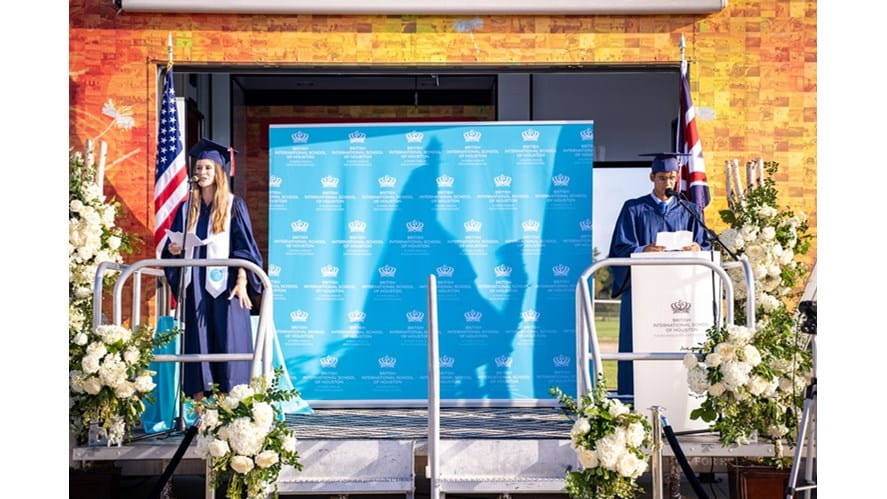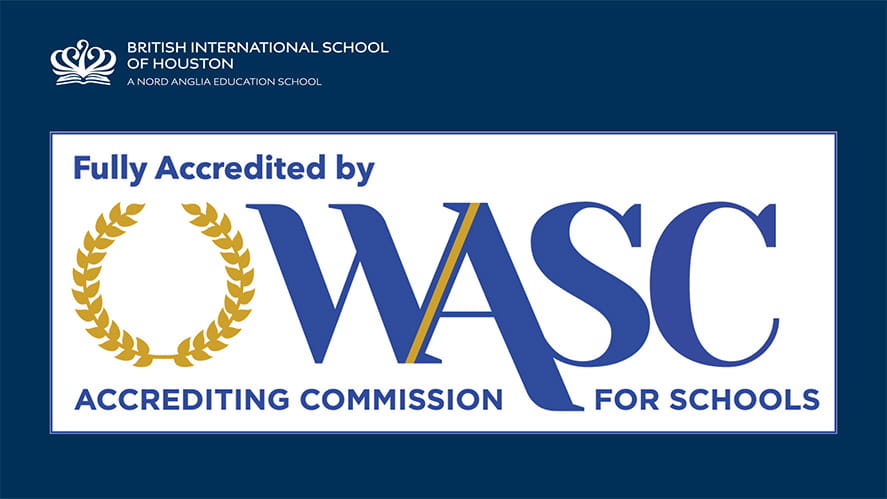British School System vs. American - How Do They Differ? Although there are many similarities between the British and American educational systems there are some distinct differences. Both systems prepare learners not only for colleges and universities around the world, but also produce highly educated and contributing adults to enter the world and the workforce.
Throughout the United Kingdom, children begin their formal education by the age of 4, many by the age of 3 years. The British national curriculum begins with the Early Years Foundation Stage (EYFS) framework which provides parents and educators a holistic framework of milestones and benchmarks. While the learning is play-based, it is also the starting point for formalized schooling and has academic components. The EYFS emphasizes that each child develops on their own path, but notes where the majority of children attain their learning. The EYFS is set up in age and stage bands that purposefully overlap, and center on developing all aspects of a young child, both socially and academically.
Typically, in the United States children may attend preschool, but generally this is part-time. Texas State law requires children ages 6-19 to attend school each day that instruction is provided. If you voluntarily enroll your child in pre-kindergarten or kindergarten before age 6, school attendance laws apply to your child, too.
A notable difference is that in a British preschool, or early years programme, children learn their letter sounds before the letter names. There is a systematic approach to learning all 44 sounds before learning the name of the letters. Throughout the United States, American schools and parents teach the name of the letter first and then the sounds are introduced later. In British schools, mark-making, or early writing, is highly encouraged and a deep level of mathematical understanding, such as all the ways that you can make 5, is focused on at a mastery level instead of a broader understanding and then moving on to higher numbers.
As children get older and move into elementary school the two systems are very similar in that the teachers offer a broad range of subjects and there are measures put in place to ensure that adequate yearly progress is being made. In the US, many of these measures were put in place with No Child Left Behind and remain in place today. Schools and states use this information to best help shape the educational system and to ensure that all learners are provided with a good educational foundation. In the UK there is end of Key Stage benchmarking where the entire country is tested and reported on, and similar to the US, this information is used to help shape the educational system, except that it is national and externally benchmarked. In general, the US offers a holistic liberal arts approach to education from kindergarten all the way through graduation. In the British educational system there is a broad liberal arts approach and, as learners get older, it becomes increasingly specialized. The US curriculum tends to have a national focus while the British curriculum tends to have a broader view. The US often relies heavily on text books while the British curriculum uses a variety of sources and authentic texts.
The calendar often tends to be different between US and British educational systems. Most US schools have federal holidays off here and there but the bigger school breaks tend to be in December, one in the spring time around March or April, and then a long summer break. In the UK schools go for approximately 6 – 8 weeks and then have a week off, a slightly longer break in December and spring and a shorter summer break than their US counterparts. The number of actual school days is approximately the same, just a difference in how the breaks are distributed throughout the year.
Teachers in the US are certified and have a credential for the state in which they teach with some reciprocity in other states, in the UK teachers receive their Qualified Teacher Status and are able to teach anywhere within the UK or in British schools internationally.
When students get into the upper grades in both US and British schools there are other differences. In most cases, the US students continue on with a broad, liberal arts education with some choices that are of particular interest to the learner, but not a concentration in a specific area. In British education learners pick areas they want to concentrate on with the General Certificate of Secondary Education (GCSE) or International General Certificate of Secondary Education (IGCSE) if outside of the United Kingdom. With the GCSE and IGCSE learners choose their subjects and study them for two years. They then take an exam and receive a certificate and have now completed their compulsory education. Some will then go into university while many others will stay in school for another two years and either do the International Baccalaureate’s Diploma Programme (DP), BTEC or A Levels and then go off to university. During these years in the US math and science are usually taught as independent and sequential subjects such as Algebra, Geometry, Calculus, etc. and Biology, Chemistry, Physics, etc. while in a British education system they are taught simultaneously. In the US learners’ grades are cumulated together to form a grade point average, GPA, while in British schools the learners receive their marks for completion of the GCSE or IGCSE and if they remain in school for the DP, BTEC or A Levels.
Colleges and Universities in the US accept students based on their transcripts, teacher recommendations, extra-curricular activities, and how the learner might contribute to the school community and UK universities will offer provisional placements based on predicted scores.
Based on national average statistics, most children educated in a British style are a year or more ahead of their US counterparts in math and language. The philosophy in Britain is to ensure that each learner does as well as they can and is challenged to progress at a rate over and above the rate an average learner would make in an average school.
Both educational systems offer a high quality education for your child and will assist your child in developing their interests and talents not only for university but also for life.
Special thanks: this article was written and published by:
Kari Boazman Assistant Head of School and Year 4 Teacher
Nord Anglia International School New York








